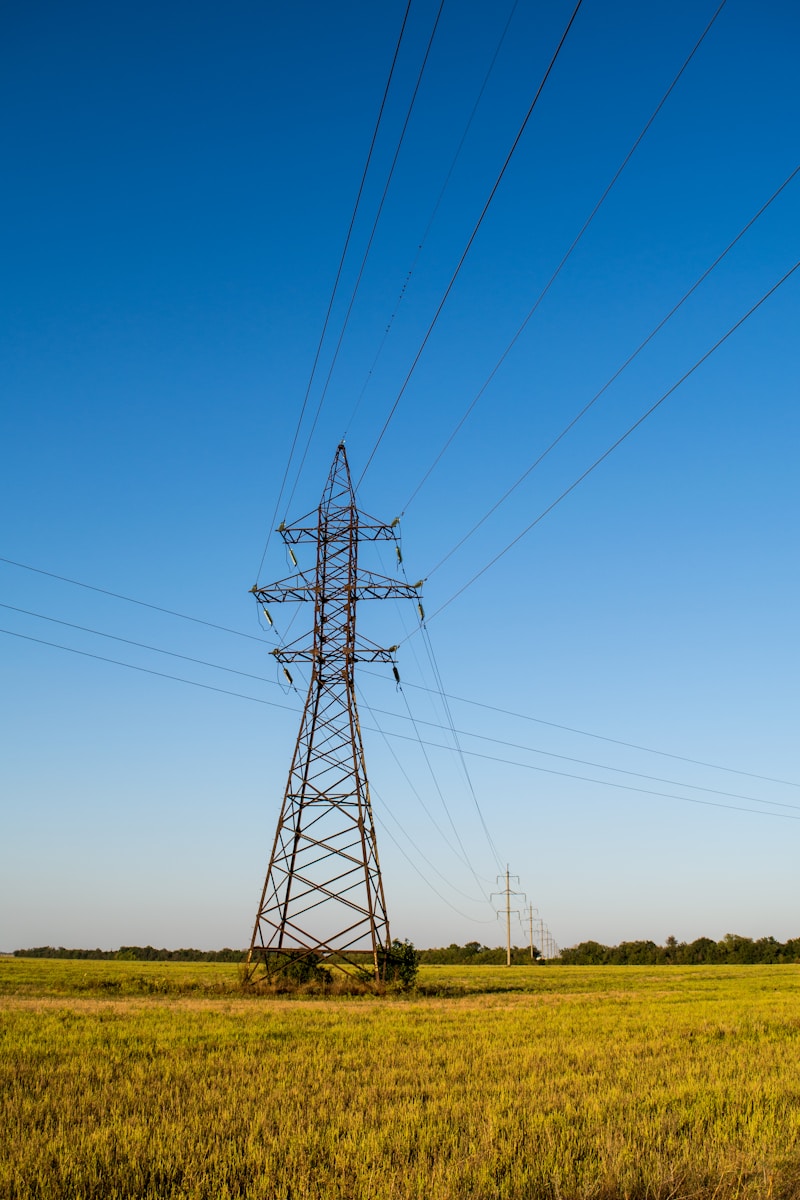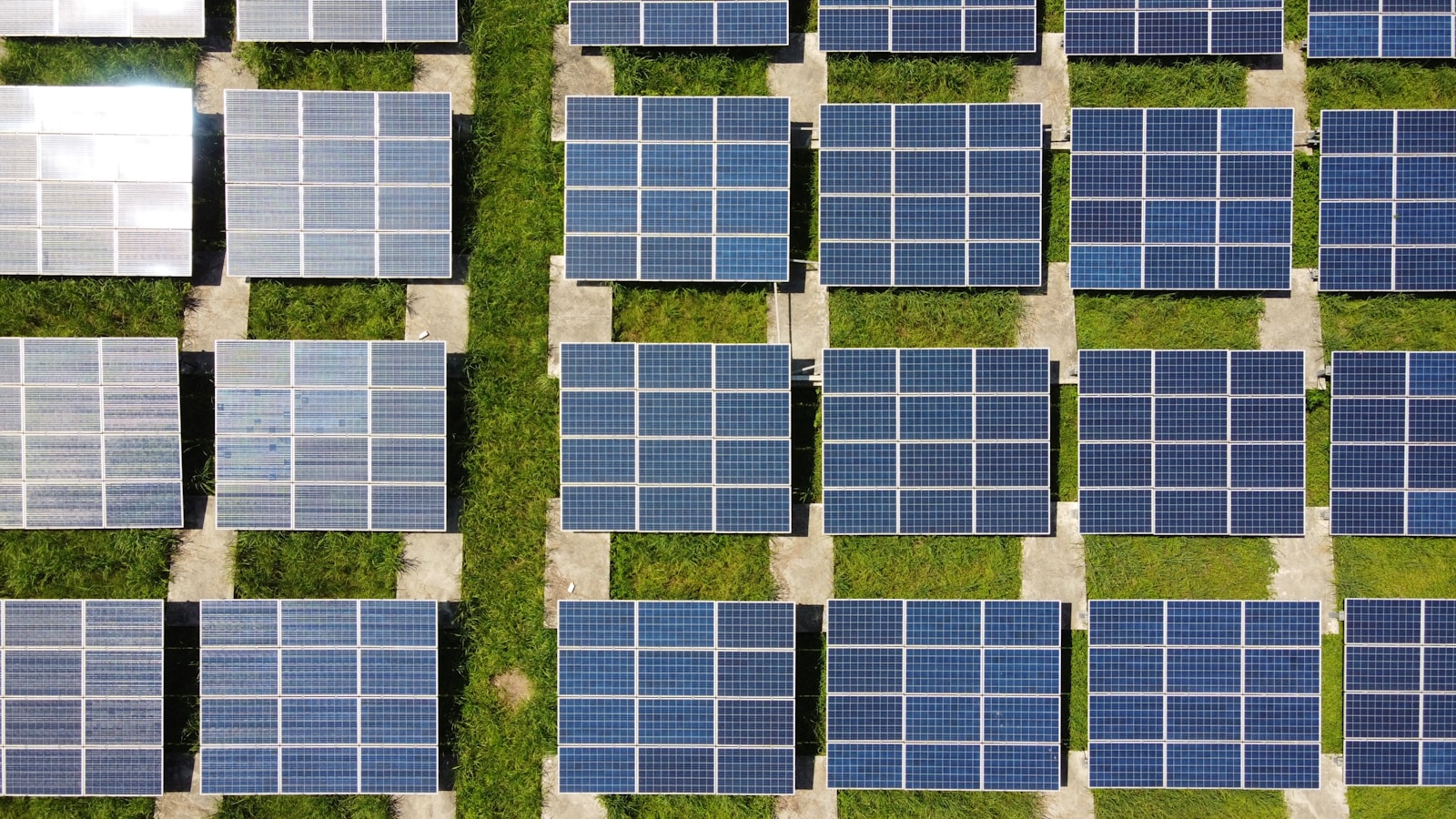Enhancing Reliability and Efficiency through Modern Technology
The Role of Digital Twins in Predictive Maintenance
Digital twins in predictive maintenance are revolutionizing the energy sector by providing detailed virtual models that enable real-time monitoring, predictive analytics, and strategic decision-making. This cutting-edge technology involves creating a dynamic, digital replica of physical assets, allowing for continuous observation and analysis of energy infrastructure. By leveraging digital twins, energy companies can enhance the reliability, efficiency, and sustainability of their systems.
Digital twins integrate data from various sources such as IoT sensors, historical maintenance records, and real-time operational data to provide a comprehensive view of the asset’s health and performance. This integration allows for accurate prediction of equipment failures and optimization of maintenance schedules. By identifying potential issues before they escalate, digital twins help in minimizing downtime, reducing maintenance costs, and extending the lifespan of critical infrastructure.
In regions like Saudi Arabia and the UAE, where energy infrastructure is crucial for economic growth and sustainability, the adoption of digital twins can play a pivotal role. Cities such as Riyadh and Dubai are investing heavily in smart infrastructure and modern technology, making them ideal environments for implementing digital twins. By integrating digital twins into their predictive maintenance practices, these regions can lead the way in enhancing the reliability and efficiency of their energy systems.
Improving Efficiency with Real-Time Monitoring and Predictive Analytics
The implementation of digital twins in predictive maintenance offers numerous benefits through real-time monitoring and predictive analytics. Real-time monitoring allows energy managers to have an instant overview of the entire energy system, from generation to distribution. This capability is particularly valuable for identifying and addressing inefficiencies as they occur, ensuring that energy is used as effectively as possible.
For instance, digital twins can monitor the performance of power plants, transmission lines, and substations, detecting anomalies such as temperature fluctuations, vibration patterns, and electrical imbalances. By providing instant alerts and actionable insights, digital twins enable prompt maintenance and adjustments, maximizing the efficiency and reliability of these energy sources. Additionally, predictive analytics can forecast equipment failures based on historical data and current operational conditions, allowing for proactive maintenance planning.
In Saudi Arabia and the UAE, where extreme weather conditions and high energy demands can stress the energy infrastructure, digital twins can enhance the reliability and efficiency of energy systems. By incorporating this technology into their maintenance practices, these regions can improve their ability to respond to fluctuations in energy production and consumption, ultimately leading to more stable and sustainable energy systems.
Enhancing Energy Infrastructure with Advanced Simulations
The use of digital twins in predictive maintenance also facilitates advanced simulations that can significantly enhance energy infrastructure optimization strategies. Simulations enable energy managers to model various scenarios and assess the impact of different maintenance strategies on energy efficiency and system reliability. This proactive approach allows for more informed decision-making and better long-term planning.
For example, digital twins can simulate the effects of different maintenance schedules, load balancing strategies, and system upgrades on the overall performance of the energy grid. By analyzing these simulations, energy managers can identify the most effective ways to maintain and enhance the energy infrastructure while minimizing costs and downtime. Furthermore, digital twins can simulate the integration of renewable energy sources into the grid, assessing their potential impact on grid stability and energy reliability.
In the context of energy management in Saudi Arabia and the UAE, advanced simulations supported by digital twins can improve the flexibility and resilience of energy systems. By implementing this technology, energy managers can optimize their energy mix, reduce reliance on fossil fuels, and enhance the overall sustainability of their energy systems. This strategic approach to energy management can drive significant improvements in energy efficiency and reliability, ultimately benefiting both the environment and the economy.
Strategic Implementation for Energy Management Success
Successfully implementing digital twins in predictive maintenance requires a strategic approach that combines technological innovation with energy management expertise. This involves selecting appropriate digital twin platforms, ensuring interoperability with existing energy management systems, and training energy managers and engineers to utilize the technology effectively.
Executive coaching and leadership development are essential components of this process. Business leaders must champion the adoption of digital twins, drive innovation, and foster a culture of continuous improvement within their organizations. By investing in leadership development, energy companies can ensure that their teams are well-equipped to leverage digital twins for maximum impact.
In regions like Riyadh and Dubai, where there is a strong focus on modernization and technological advancement, the strategic implementation of digital twins can significantly contribute to energy management success. By aligning technological innovations with leadership and strategic vision, these cities can set new standards for energy efficiency and sustainability, enhancing their reputation as global leaders in smart energy solutions.
Conclusion
In conclusion, digital twins in predictive maintenance offer transformative benefits for optimizing energy systems and enhancing the reliability of energy infrastructure. By providing real-time monitoring, predictive analytics, and advanced simulations, digital twins enable better decision-making, increased efficiency, and greater sustainability. As regions like Saudi Arabia and the UAE continue to embrace modern technology, the integration of digital twins will play a pivotal role in advancing energy management practices. Through strategic implementation and strong leadership, businesses can harness the full potential of digital twins to achieve greater efficiency, precision, and success in managing energy systems.
—
#DigitalTwins #PredictiveMaintenance #EnergyInfrastructure #Reliability #AIinEnergy #SmartGrids #SaudiArabia #UAE #Leadership #BusinessSuccess #ProjectManagement









